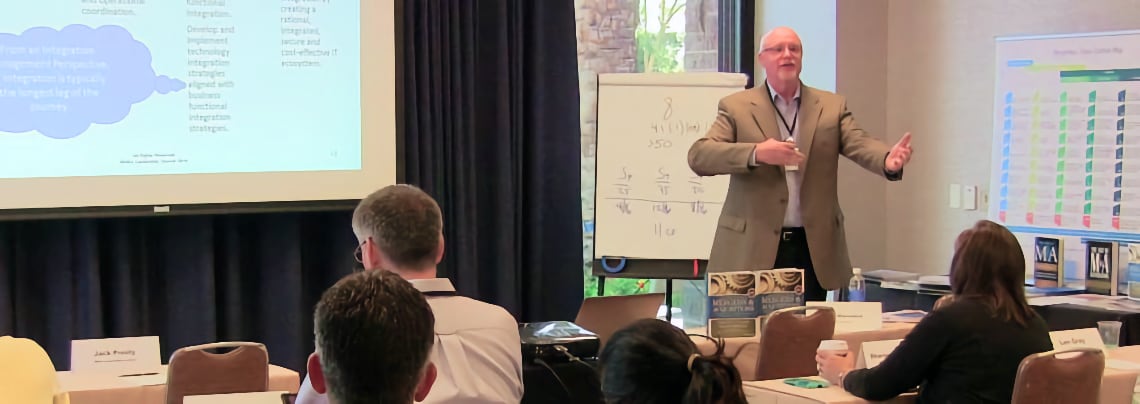Avoid pitfalls by masking information requests
By William Blandford, Managing Director at Blandford Associates and Member of the Board of M&A Standards
In estimating and planning for a divestiture, it is necessary to gather key data about the business to be carved out, to understand the scope and complexity of the carve-out, develop a sound Transition Services Agreement (TSA), and provide an estimate of the cost of the carve-out. But it can be difficult to collect data for a possible divestiture while under a Non-Disclosure Agreement (NDA), and trying to minimize the number of people under an NDA.
